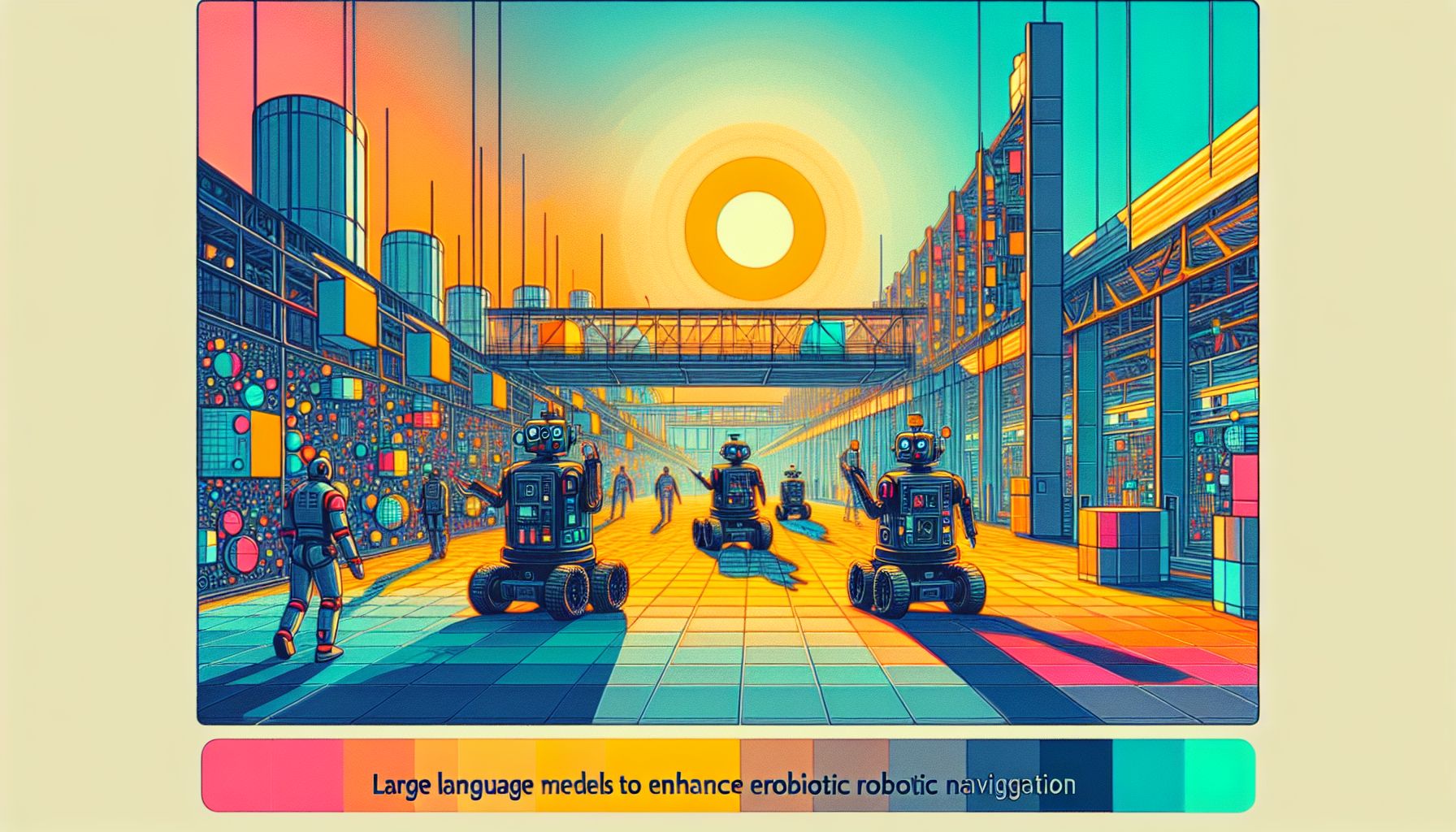MIT Researchers Use Language Models to Enhance Robot Navigation

MIT researchers are using large language models to improve robotic navigation, enhancing autonomy and efficiency in industrial applications where visual data is limited.
Language Models Driving Innovation
Researchers at MIT and the MIT-IBM Watson AI Lab have developed a novel navigation method that harnesses the power of large language models (LLMs). This innovative approach converts visual representations into language-based inputs, which are then used to guide robots. The method aims to improve navigation performance in environments where visual data is sparse or unavailable, making it particularly useful in industrial settings.
How It Works
The technique involves using LLMs to process language-based inputs, which are then translated into a sequence of actions for the robot to follow. By generating synthetic training data from these language inputs, the system can effectively plan and execute trajectories. This method is simpler and more direct compared to traditional vision-based approaches, which often require extensive visual data for training.
Research Team and Contributions
The research team, led by Bowen Pan, an Electrical Engineering and Computer Science graduate student at MIT, includes notable contributors such as Aude Oliva, Philip Isola, and Yoon Kim from the MIT-IBM Watson AI Lab, along with collaborators from Dartmouth College. Their work addresses the challenges of integrating language-based inputs into vision-and-language navigation tasks, providing a more straightforward solution that leverages the strengths of LLMs.
Benefits and Implications
By using language as the primary perceptual representation, the approach facilitates easier understanding and troubleshooting. When a robot fails to reach its goal, the language-based descriptions make it simpler for humans to diagnose and correct the issue. Additionally, the rapid generation of synthetic training data helps bridge the gap between simulated and real-world environments, enhancing the robot’s overall navigation capabilities.
Future Directions
Looking ahead, the researchers plan to further refine their method by developing a navigation-oriented captioner and exploring the spatial awareness capabilities of LLMs. These advancements aim to enhance the performance and applicability of the method in various industrial and real-world scenarios.

